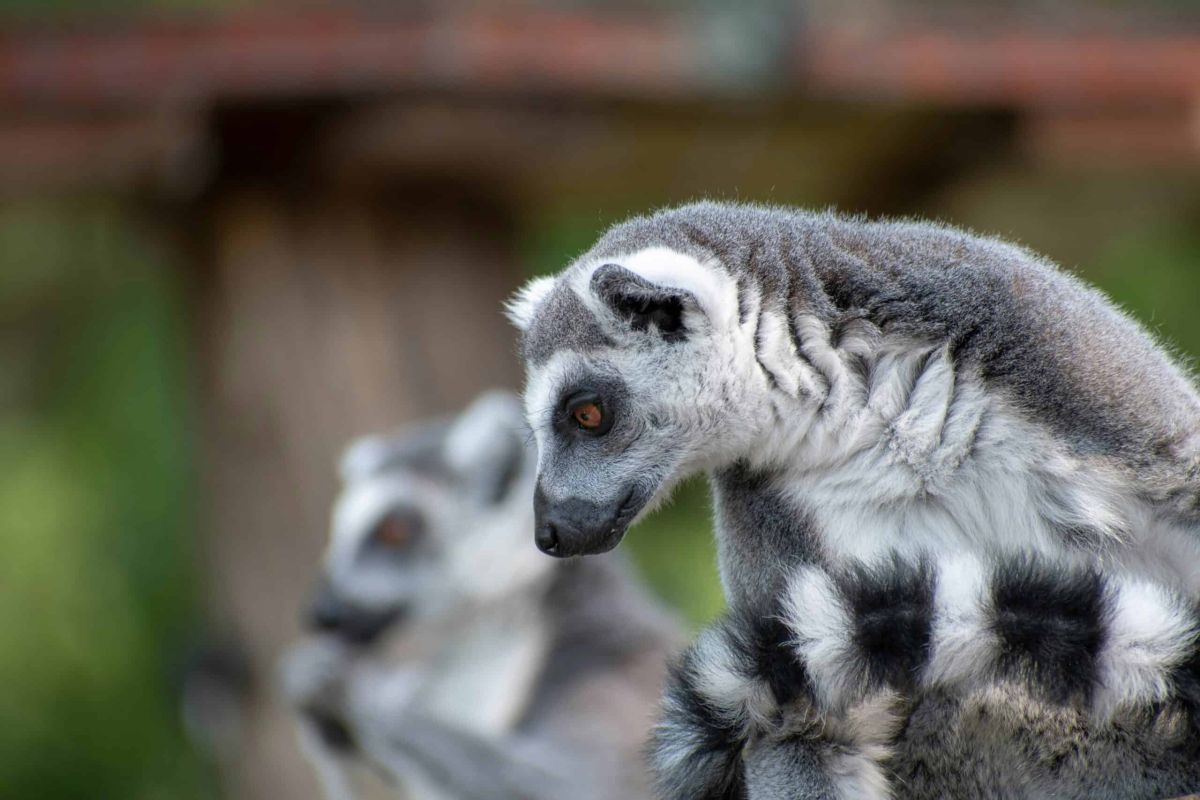The World of Ring-Tailed Lemurs

When one thinks of Madagascar, images of lush landscapes, vibrant culture, and unique wildlife come to mind. Among the most iconic inhabitants of this island nation is the ring-tailed lemur (Lemur catta), a species renowned for its striking appearance and playful antics. We will explore the lifestyle, behavior, and conservation status of these enchanting primates, shedding light on why they deserve our admiration and protection.
A Distinctive Appearance
One of the first things that catch the eye about ring-tailed lemurs is their unmistakable appearance. Sporting a long, bushy tail that is adorned with alternating black and white rings, these lemurs are both elegant and adorable. Their distinctive looks are complemented by large, expressive eyes that enhance their curious nature. Ring-tailed lemurs are medium-sized primates, typically weighing between 5 to 9 pounds (2.3 to 4 kg) and measuring about 18 to 28 inches (46 to 71 cm) in body length, excluding their tails, which can be as long as their body!
Social Savvy: The Family Life of Ring-Tailed Lemurs
Ring-tailed lemurs are social creatures, living in groups known as troops, which usually consist of 12 to 30 members. These troops are matriarchal, meaning that the females rule the roost. While males may demonstrate their strength through displays and vocalizations, it is the females who hold priority status in the hierarchy and have access to the best resources.
The social structure of these troops is fascinating. They engage in various social behaviors such as grooming, which helps strengthen bonds, and sunbathing to maintain warmth due to their somewhat delicate fur. The lemurs are known for their playful nature, often seen leaping from branch to branch or engaging in acrobatic displays that add a sense of joy to their interactions.
Communication: More than Just Chatter
Communication among ring-tailed lemurs extends beyond simple vocalizations. They employ a variety of calls, ranging from loud warning cries to softer, softer contact calls. In addition, these lemurs utilize scents to communicate. They have scent glands on their wrists and chests, which they use to mark territory and identify individuals. This olfactory communication plays a fundamental role in their social interactions, helping them navigate the complexities of their troop dynamics.
Habitat and Diet: Adapting to Madagascar
Native to the diverse landscapes of Madagascar, ring-tailed lemurs prefer dry forests and scrub habitats. They primarily inhabit areas with abundant trees that provide both shelter and sustenance. Their diet consists mainly of fruits, leaves, flowers, and seeds, and they are particularly fond of the tamarind tree. During periods of food scarcity, they have adapted by incorporating more fibrous plant material into their diet, showcasing their incredible resilience.
Threats and Conservation: A Call to Action
Despite their adaptability, ring-tailed lemurs face numerous threats in the wild. Habitat destruction due to deforestation, agricultural expansion, and climate change poses significant risks to their survival. Additionally, hunting and the illegal pet trade further exacerbate their declining numbers. The International Union for Conservation of Nature (IUCN) has classified the ring-tailed lemur as “endangered,” which serves as a stark reminder of the urgent need for conservation efforts.
Many organizations are committed to protecting these unique primates and their habitats. Initiatives focusing on habitat preservation, anti-poaching measures, and community engagement are vital to ensure the survival of ring-tailed lemurs in the wild. By supporting these efforts, individuals can play a role in protecting not just lemurs but the rich biodiversity of Madagascar as a whole.
Conclusion: Our Responsibility to Protect
The ring-tailed lemur is an extraordinary creature that captivates the hearts of many. Its playful behavior, social structure, and unique adaptations make it a true gem of Madagascar’s wildlife. However, with their population dwindling, it is imperative that we take action now to safeguard their future. Whether through supporting conservation initiatives or simply spreading awareness about these remarkable animals, we can all contribute to the preservation of the ring-tailed lemur and the vibrant ecosystem of Madagascar.
As you continue your journey in learning about wildlife, let the ring-tailed lemur remind you of the interconnectedness of all life and our responsibility as stewards of the planet. Together, we can ensure that future generations experience the joy of witnessing these delightful creatures in their natural habitat.



